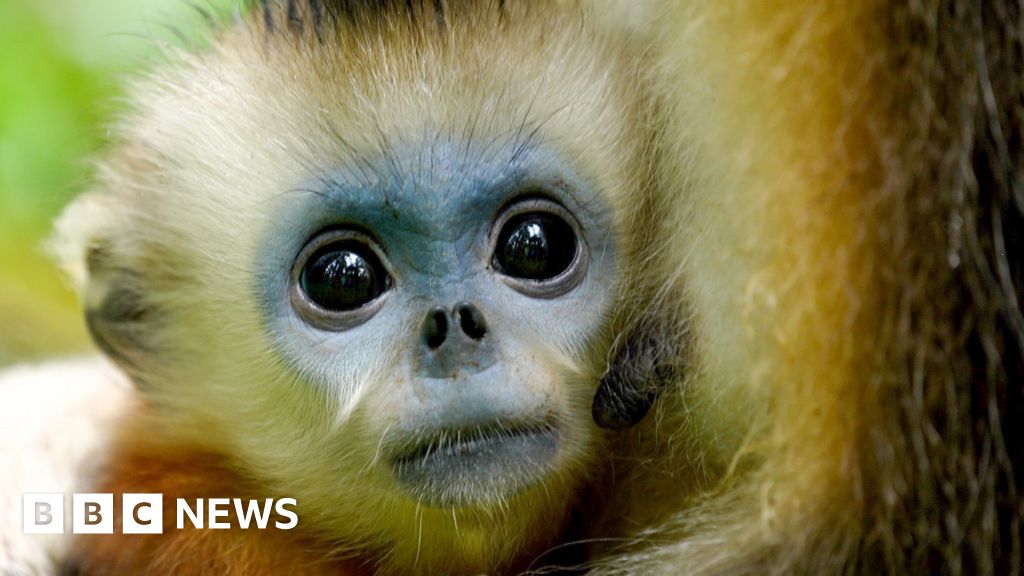Raccoons: The Next Adorable Pets of America?
Raccoons may be inching closer to becoming America's next pet.
Affectionately referred to as trash pandas, the masked mammals known for rummaging rubbish bins for easy food are evolving based on their proximity to humans, even starting to look cuter, according to a new study.
An evaluation of nearly 20,000 photos found a clear reduction in snout length in urban raccoons compared to their rural cousins — a physical shift consistent with the early stages of domestication seen in cats and dogs.
Some of these raccoons have gained fame as pets and even TikTok celebrities, one particularly bold dumpster-diver sprinted across the pitch during a Major League Soccer match in Philadelphia last year.
These stripe-tailed mammals, also nicknamed backyard bandits, are widespread across the contiguous US. Their ability to thrive in both wild and urban settings has left them occupying a unique space in American life — beloved pet in some neighborhoods and a persistent pest in others.
According to the study published in *Frontiers in Zoology*, this shift signals that raccoons may be becoming more comfortable around humans, effectively dampening their innate flight responses.
The process of urban domestication realistically starts with trash, as the study's co-author Raffaela Lesch of the University of Arkansas noted, stating that wherever humans go, there’s trash — and animals love our trash. This changing dynamic illustrates the intricate balance wildlife must strike to remain in human-dominated environments.
The study concludes that domestication can actually start when animals adapt to human settings rather than through selective breeding by humans, suggesting a more organic, natural selection-based process in initial stages of domestication.






















